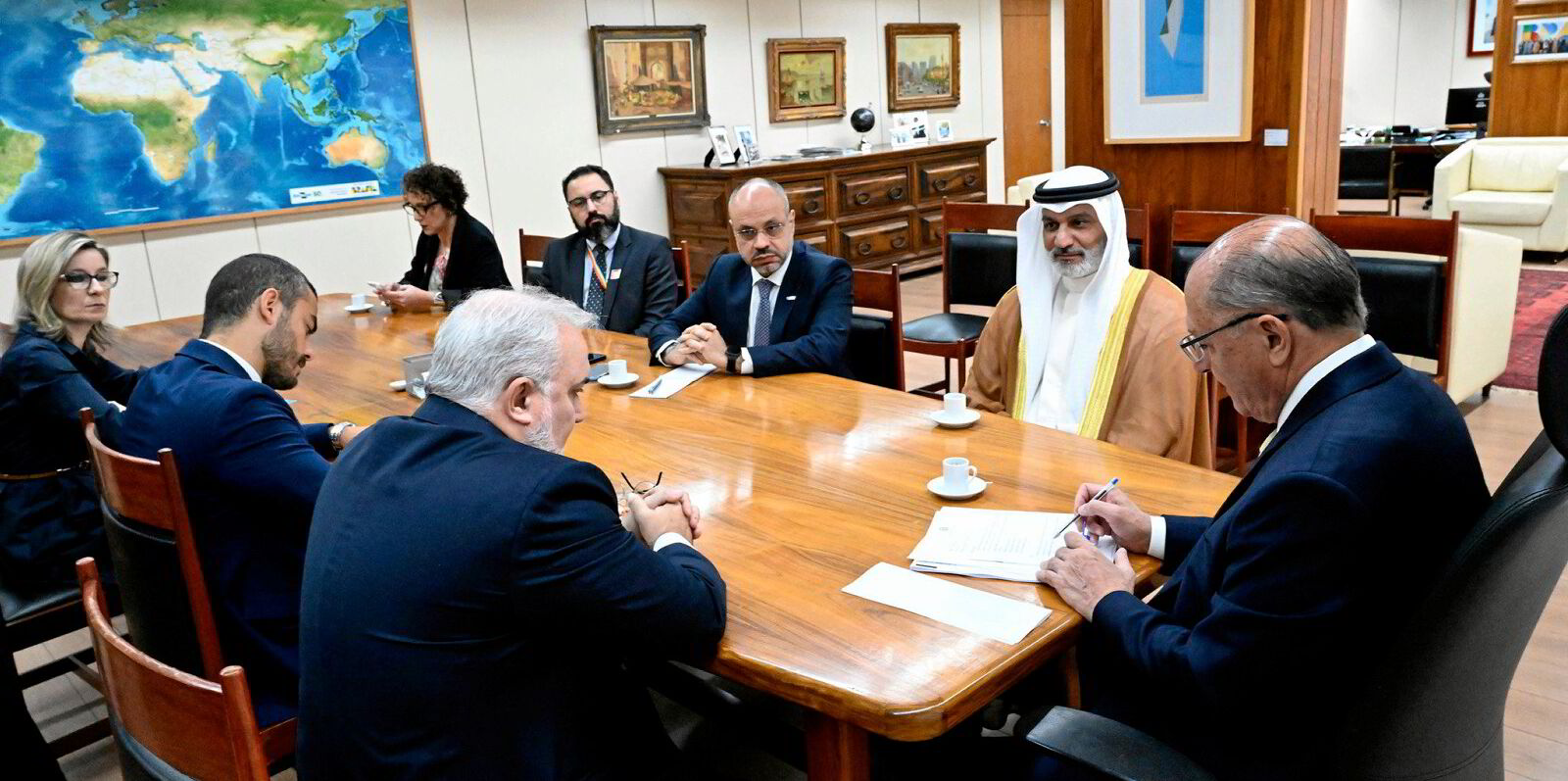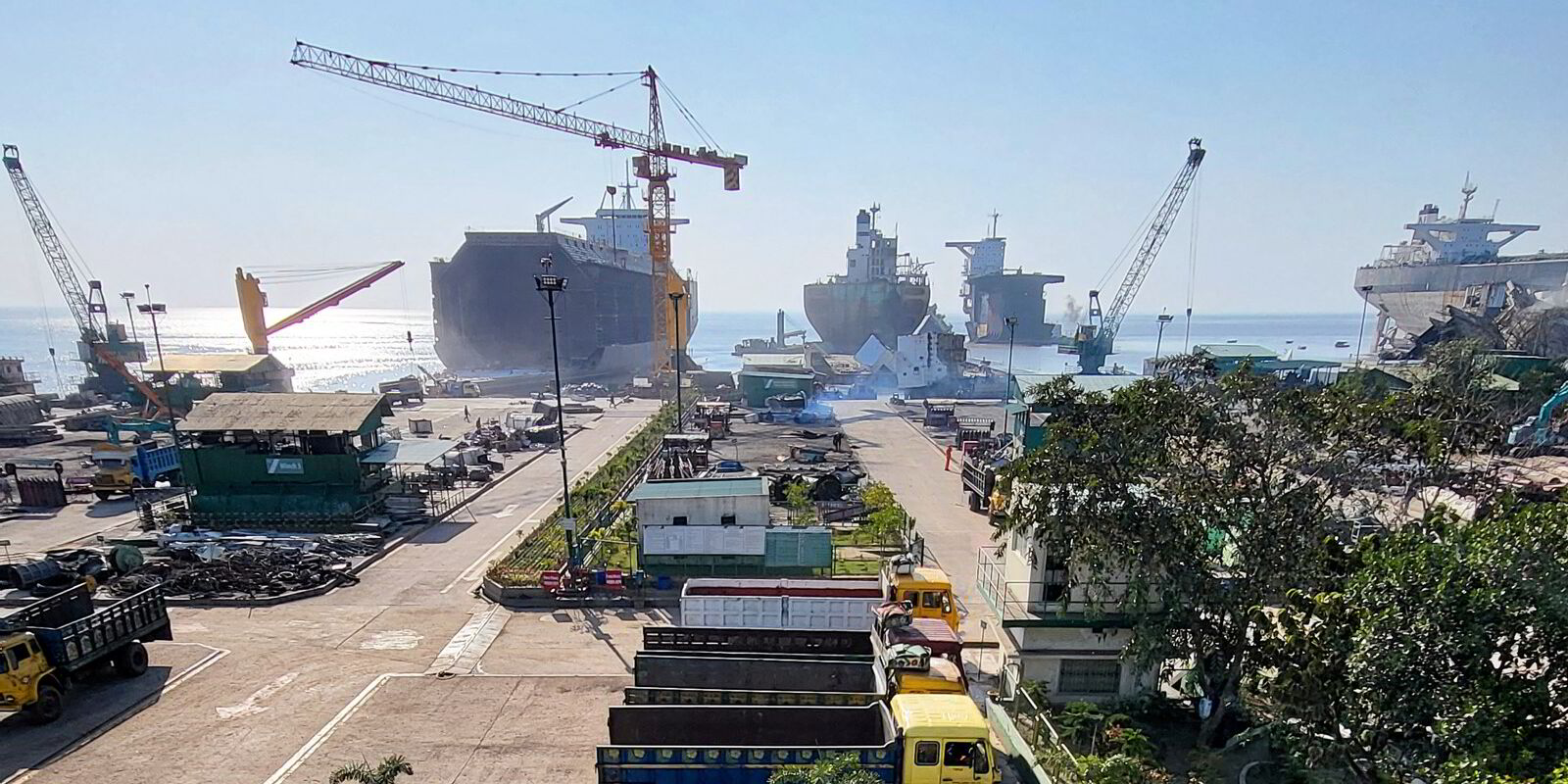Tanker owners should not expect any help from Opec and its allies to lift the market, according to Arctic Securities.
Speculation began circulating on Wednesday that the consortium could push its production hike back for the third consecutive month — and this time as far back as April 2025 — once again postponing a key catalyst for VLCC rates.
Arctic Securities analyst Ole-Rikard Hammer said: “Discussions have begun among key Opec+ producers ahead of Sunday’s meeting of whether to extend current ‘voluntary’ production cuts for a third time.
“Market expectations are that the group will defer any increase for all of [the first quarter], with the upside being a deferral without any date specified.”
Hammer was not the only market observer to point out another delay: Goldman Sachs said the recent oil price drop would prompt leader Saudi Arabia to extend the production cuts.
Kpler expects Opec+ to spend the whole of next year kicking the can down the road.
“While we don’t expect any production increase for another year, Opec+ will likely extend the current production targets on a three-month rolling basis,” Kpler freight analyst Matt Wright told TradeWinds on Wednesday.
He said core product demand growth is set to rise by 750,000 bpd next year, with non-Opec supply expected to rise by 950,000 barrels per day, leaving little wiggle room for the group.
This would support crude prices but hurt tanker demand, which is currently dealing with weak oil demand from Asia that is causing a dip in exports out of the Atlantic basin, Wright said.
VLCCs have suffered the most from that weaker demand in what is typically a seasonally strong period, with the Baltic Exchange noting declines across the market on Tuesday.
Its Middle East to China assessment slipped nearly $5,000 on a time-charter equivalent basis to $26,946 per day, while the West Africa to China reading dropped just over $4,200 to $30,765 per day.
The US Gulf to China route fell by a much smaller amount, $331, to $34,488 per day.
Wright did note that if Opec+ does move forward with the production increases — there had been indications earlier in the year that Saudi Arabia wanted to shift from price maintenance to market share defence — floating storage could be in the cards.
“Crude prices will likely fall, potentially triggering a steep contango similar to what we saw in 2020. Low prices would encourage buyers to build stocks, regardless of weak demand, lifting exports,” he said.
“If the spread is sufficiently wide, we may also see a return to long-term floating storage, further driving up freight rates.”
Opec+ was set to begin unwinding production cuts in October. The cuts were enacted in 2022 in an effort to support oil prices.
The cuts totalled nearly 6m bpd and 2.2m bpd was set to come back online beginning in October.
But the unwinding was pushed back until the end of November, then December.
Opec and its allies, including Russia, are set to meet virtually on 1 December.





